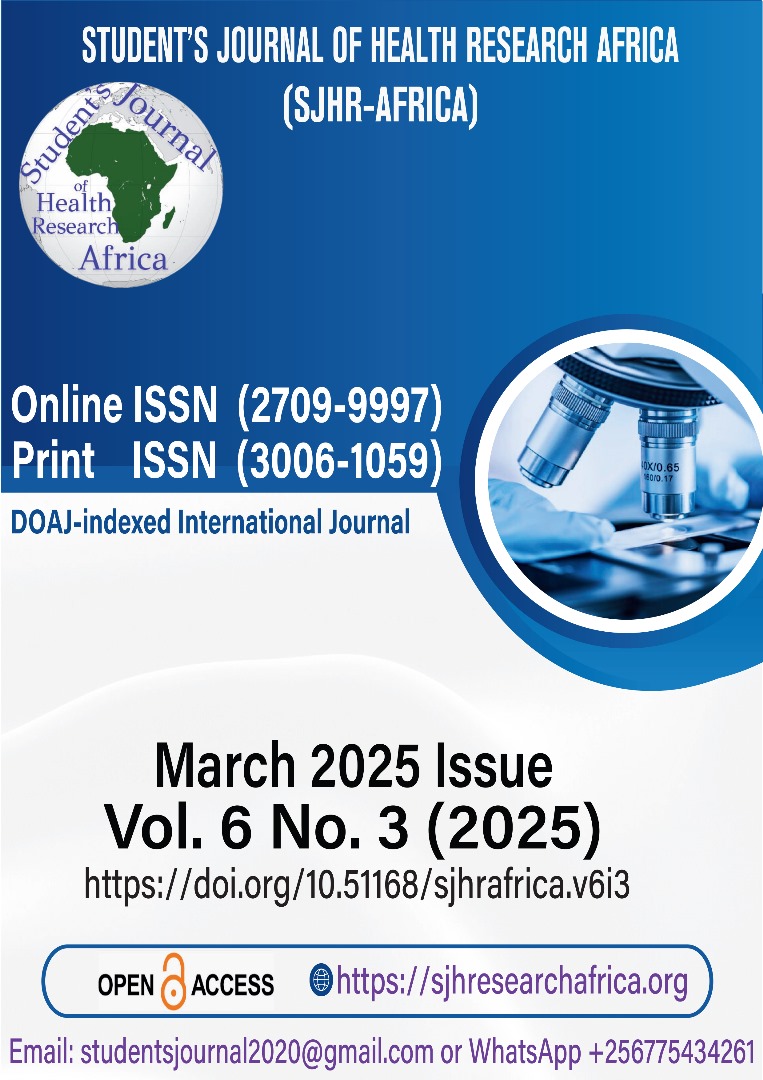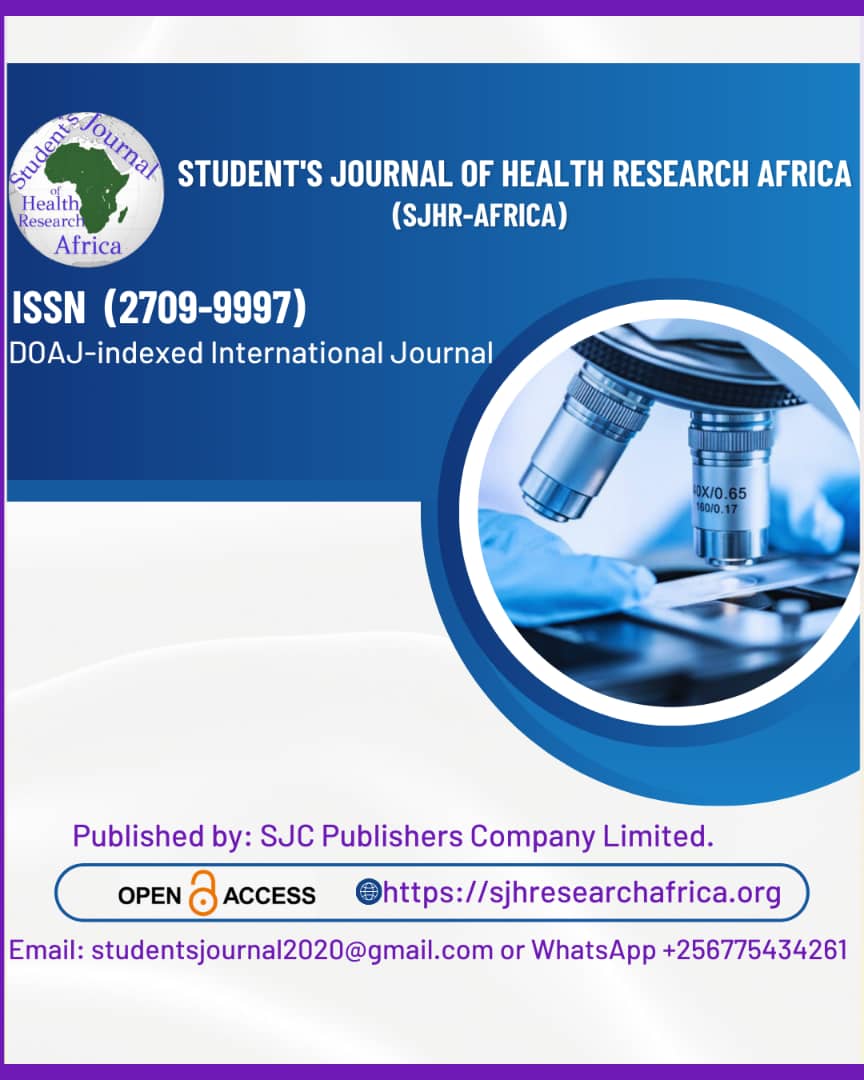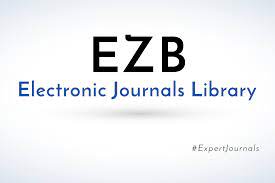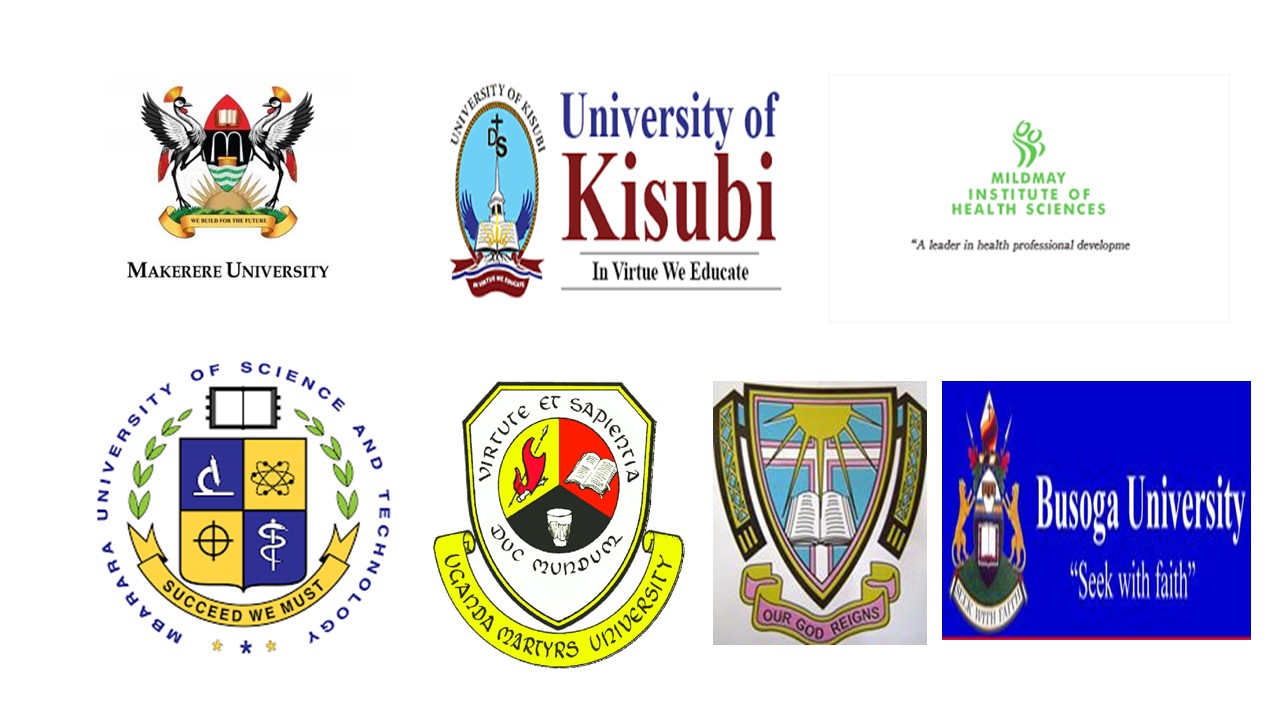THE ROLE OF ULTRASOUND AND MRI IN DIAGNOSING FETAL ANOMALIES: A CROSS-SECTIONAL COMPARATIVE STUDY.
DOI:
https://doi.org/10.51168/sjhrafrica.v6i3.1793Keywords:
Fetal anomalies, Ultrasound, MRI, Prenatal diagnosis, Diagnostic accuracy, CNS malformationsAbstract
Background
Prenatal detection of fetal anomalies is critical for early diagnosis, parental counseling, and clinical management. While ultrasound (USG) is the first-line imaging modality, magnetic resonance imaging (MRI) is increasingly utilized as a complementary tool, especially in complex or ambiguous cases.
Objectives
To compare the diagnostic accuracy of ultrasound and magnetic resonance imaging (MRI) in detecting fetal anomalies and evaluate the concordance of each modality with final postnatal or autopsy-confirmed diagnoses.
Methods
This cross-sectional study included 50 pregnant women with suspected fetal anomalies. All participants underwent detailed ultrasound and fetal MRI between 24 and 34 weeks of gestation. Imaging findings were independently evaluated by experienced radiologists. The final diagnosis was established through postnatal examination or autopsy. Sensitivity, specificity, accuracy, and inter-observer agreement (Kappa statistics) were computed for each modality.
Results
The mean maternal age was 26.4 ± 4.2 years, and the mean gestational age at imaging was 28.1 ± 2.6 weeks. MRI detected 45 of 50 confirmed anomalies, demonstrating higher sensitivity (90.0%), specificity (95.6%), and accuracy (92.0%) compared to ultrasound (76.0%, 91.3%, and 80.0%, respectively). MRI outperformed ultrasound in detecting central nervous system (95% vs. 70%), thoracic (100% vs. 66.7%), and genitourinary anomalies (100% vs. 75%). Inter-observer agreement was greater for MRI (κ = 0.86) than for USG (κ = 0.74). MRI required a longer scan time (35 ± 8 min vs. 20 ± 5 min), and 88% of patients tolerated the MRI procedure well.
Conclusion
MRI provides superior diagnostic performance over ultrasound in the prenatal evaluation of fetal anomalies, particularly in central nervous system and thoracic abnormalities. It serves as an effective adjunct in cases where ultrasound findings are inconclusive.
Recommendations
MRI should be considered a complementary imaging modality in prenatal diagnostics, especially when ultrasound results are ambiguous or suggest central nervous system or thoracic anomalies.
References
Gao G, Tao B, Chen Y, Yang J, Sun M, Wang H, et al. Fetal magnetic resonance imaging in the diagnosis of spinal cord neural tube defects: A prospective study. Front Neurol. 2022 Aug 8;13:944666. doi: 10.3389/fneur.2022.944666. PMID: 36003299; PMCID: PMC9393549.
Ramakrishnan KK, Jerosha S, Subramonian SG, Murugappan M, Natarajan P. Comparing the Diagnostic Efficacy of 3D Ultrasound and MRI in the Classification of Müllerian Anomalies. Cureus. 2024 Oct 1;16(10):e70632. doi: 10.7759/cureus.70632. PMID: 39483598; PMCID: PMC11526810.
Hou X, Yu M, Liu Y, Yan L. MRI in the prenatal genetic diagnosis and intrauterine treatment of fetal congenital cystic adenoma of the lung. J Cardiothorac Surg. 2024 Aug 28;19(1):502. doi: 10.1186/s13019-024-02868-8. PMID: 39198908; PMCID: PMC11351084.
Bekker MN, van Vugt JM. The role of magnetic resonance imaging in prenatal diagnosis of fetal anomalies. Eur J Obstet Gynecol Reprod Biol. 2001 Jun;96(2):173-8. doi: 10.1016/s0301-2115(00)00459-0. PMID: 11384802.
Hart AR, Embleton ND, Bradburn M, Connolly DJA, Mandefield L, Mooney C, et al. Accuracy of in-utero MRI to detect fetal brain abnormalities and prognosticate developmental outcome: postnatal follow-up of the MERIDIAN cohort. Lancet Child Adolesc Health. 2020 Feb;4(2):131-140. doi: 10.1016/S2352-4642(19)30349-9. Epub 2019 Nov 27. PMID: 31786091; PMCID: PMC6988445.
Reddy UM, Filly RA, Copel JA; Pregnancy and Perinatology Branch, Eunice Kennedy Shriver National Institute of Child Health and Human Development, Department of Health and Human Services, NIH. Prenatal imaging: ultrasonography and magnetic resonance imaging. Obstet Gynecol. 2008 Jul;112(1):145-57. doi: 10.1097/01.AOG.0000318871.95090.d9. PMID: 18591320; PMCID: PMC2788813.
Chauhan NS, Nandolia K. Comparison of ultrasound and magnetic resonance imaging findings in evaluation of fetal congenital anomalies: A single-institution prospective observational study. Med J Armed Forces India. 2023 Jul-Aug;79(4):439-450. doi: 10.1016/j.mjafi.2021.12.002. Epub 2022 Jan 21. PMID: 37441294; PMCID: PMC10334255.
Kul S, Korkmaz HA, Cansu A, Dinc H, Ahmetoglu A, Guven S, Imamoglu M. Contribution of MRI to ultrasound in the diagnosis of fetal anomalies. J Magn Reson Imaging. 2012 Apr;35(4):882-90. doi: 10.1002/jmri.23502. Epub 2011 Nov 29. PMID: 22127893.
Davidson JR, Uus A, Matthew J, Egloff AM, Deprez M, Yardley I,et al. Fetal body MRI and its application to fetal and neonatal treatment: an illustrative review. Lancet Child Adolesc Health. 2021 Jun;5(6):447-458. doi: 10.1016/S2352-4642(20)30313-8. Epub 2021 Mar 12. PMID: 33721554; PMCID: PMC7614154.
Blaicher W, Prayer D, Bernaschek G. Magnetic resonance imaging and ultrasound in the assessment of the fetal central nervous system. J Perinat Med. 2003;31(6):459-68. doi: 10.1515/JPM.2003.071. PMID: 14711101.
Graupera B, Pascual MA, Hereter L, Browne JL, Úbeda B, Rodríguez I, et al. Accuracy of three-dimensional ultrasound compared with magnetic resonance imaging in diagnosis of Müllerian duct anomalies using ESHRE-ESGE consensus on the classification of congenital anomalies of the female genital tract. Ultrasound Obstet Gynecol. 2015 Nov;46(5):616-22. doi: 10.1002/uog.14825. Epub 2015 Oct 5. PMID: 25690307.
Amodeo I, Borzani I, Raffaeli G, Persico N, Amelio GS, Gulden S, Colnaghi M, Villamor E, Mosca F, Cavallaro G. The role of magnetic resonance imaging in the diagnosis and prognostic evaluation of fetuses with congenital diaphragmatic hernia. Eur J Pediatr. 2022 Sep;181(9):3243-3257. doi: 10.1007/s00431-022-04540-6. Epub 2022 Jul 7. PMID: 35794403; PMCID: PMC9395465
Downloads
Published
How to Cite
Issue
Section
License
Copyright (c) 2025 Dr.Karishma Khushalrao Surpam, Dr. Ujjwal Mandavi

This work is licensed under a Creative Commons Attribution-NonCommercial-NoDerivatives 4.0 International License.






















